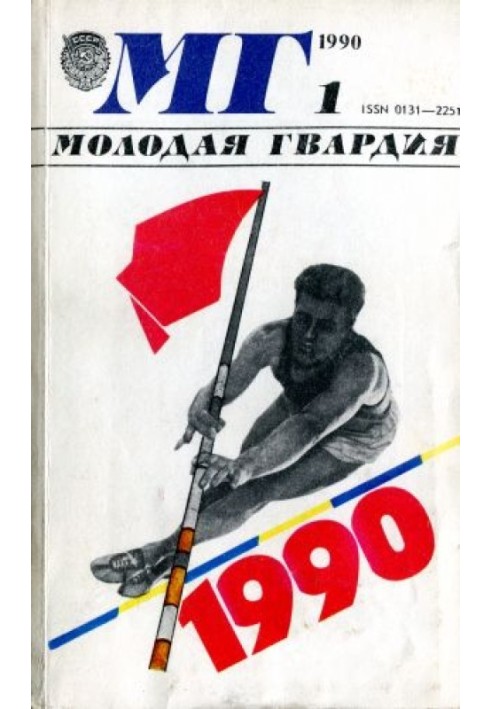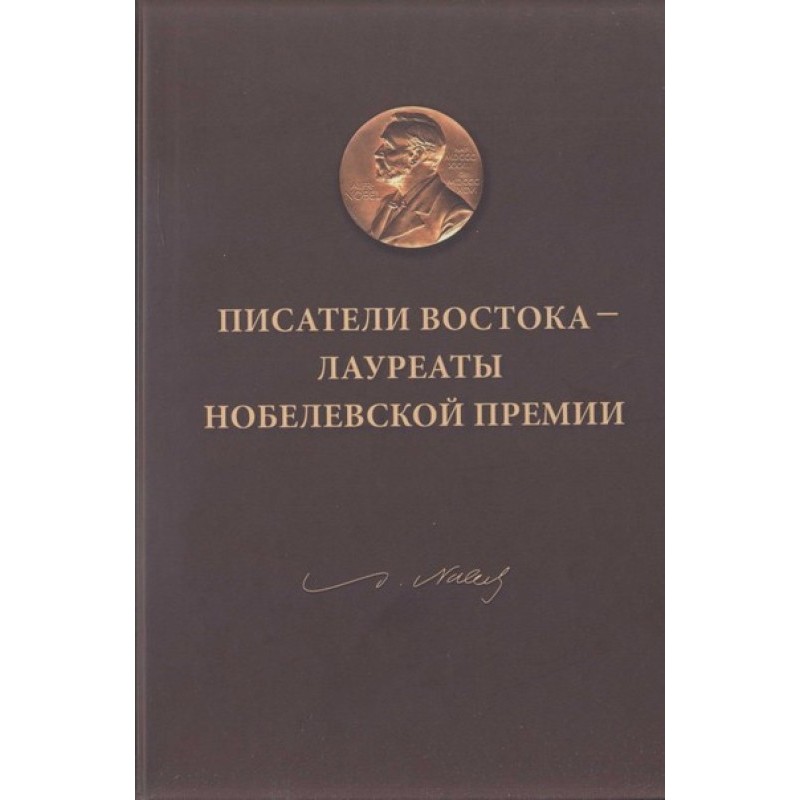Autumn flowers
 Instant download
Instant download
after payment (24/7)
 Wide range of formats
Wide range of formats
(for all gadgets)
 Full book
Full book
(including for Apple and Android)
In recent years, the flow of information about China, our great neighbor, has increased significantly. The sharp contrasts and unexpected turns of events in the life of this country are striking. It is probably difficult and simply impossible to comprehend the unique historical experience of China, to penetrate the mystery of its national character, without mastering the rich culture of China, especially its artistic layer. For a long time, in the homeland of ancient writing, everything related to the concept of “wen” was revered, first these were signs on the bones of sacrificial animals, then hieroglyphs, writing, fine literature, and culture. In our time, the fate of Chinese literature has turned out to be inextricably linked with the hardships experienced by the people. The authors of many works from the turn of the 70s-80s, those that later formed into the “literature of scars”, often turn to the recent past - to the initially rosy, and then alarmingly contradictory 50s, to the 60s that became a lump of pain and horror. 70th. With the revival of the country after the chaos of the “cultural revolution,” Chinese literature again acquires the right to speak openly about the most acute social conflicts, to depict the spiritual world of the contemporary in all its complexity and contradictions. Gao Xingjian, whose story is published with slight abbreviations, belongs to the number of writers of the middle generation, who also The “decade of pogroms” did not pass - he, like many other representatives of the creative intelligentsia, was exiled to the village. Nowadays he is a famous prose writer, playwright and literary critic.
Data sheet
- Name of the Author
- Гао Синцзянь
- Language
- Russian
- Translator
- Зайра Юнидовна Абдрахманова















